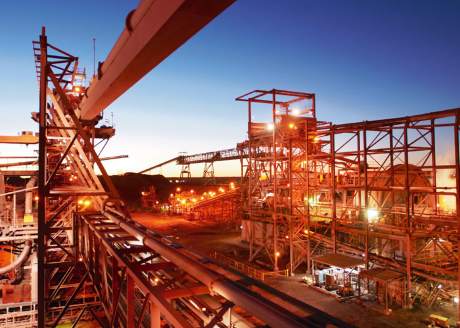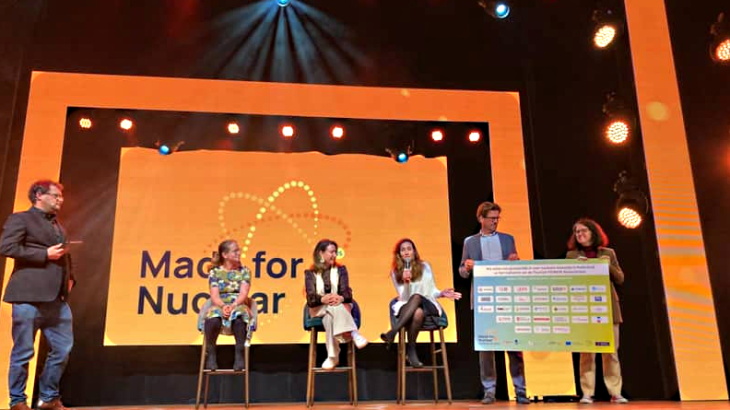Last year saw Australia's uranium production reach its lowest point since 1998 while Kazakhstan maintained its position as the world's largest uranium producer.
 |
| Olympic Dam produced two-thirds of Australia's uranium output in 2014 (Image: BHP Billiton) |
Australian production of 5897 tonnes U3O8 (5000 tU) was down from 2013 production of 7488 tonnes U3O8 (6350 tU) despite the start of operations at the Four Mile in situ leach uranium project in South Australia, and was the lowest for the country in 16 years.
The figures reflect the loss of production at Energy Resources of Australia's (ERA) Ranger mine, out of action until June 2014 following the rupture of a leach tank in December 2013. The mine had ramped up to full throughput by the end of September and by year end, Ranger had produced 988 tU.
Four Mile also started operations in June and by the end of the year a total of 640 tU had been produced. Uranium from Four Mile is processed at the Beverley plant. Beverley's own wellfields contributed 21 tU to the annual total, although production has been suspended since early in the year.
The lion's share of Australia's 2014 production - 3351 tU - came from BHP Billiton's Olympic Dam, where uranium is produced as a by-product of copper.
Kazakhstan tops table
Meanwhile, Kazakhstan remains the world's largest uranium producer with 2014 total production of 22,829 tU, according to state nuclear company KazAtomProm. The company's own share of production accounted for 13,156 tU of the total. The figure is slightly up from the 22,548 tU recorded for 2013, and Kazatomprom says it is in line with its expectations for the year.
Researched and written
by World Nuclear News




_34792.jpg)
_16403_79272.jpg)



_76087_55556.jpg)



